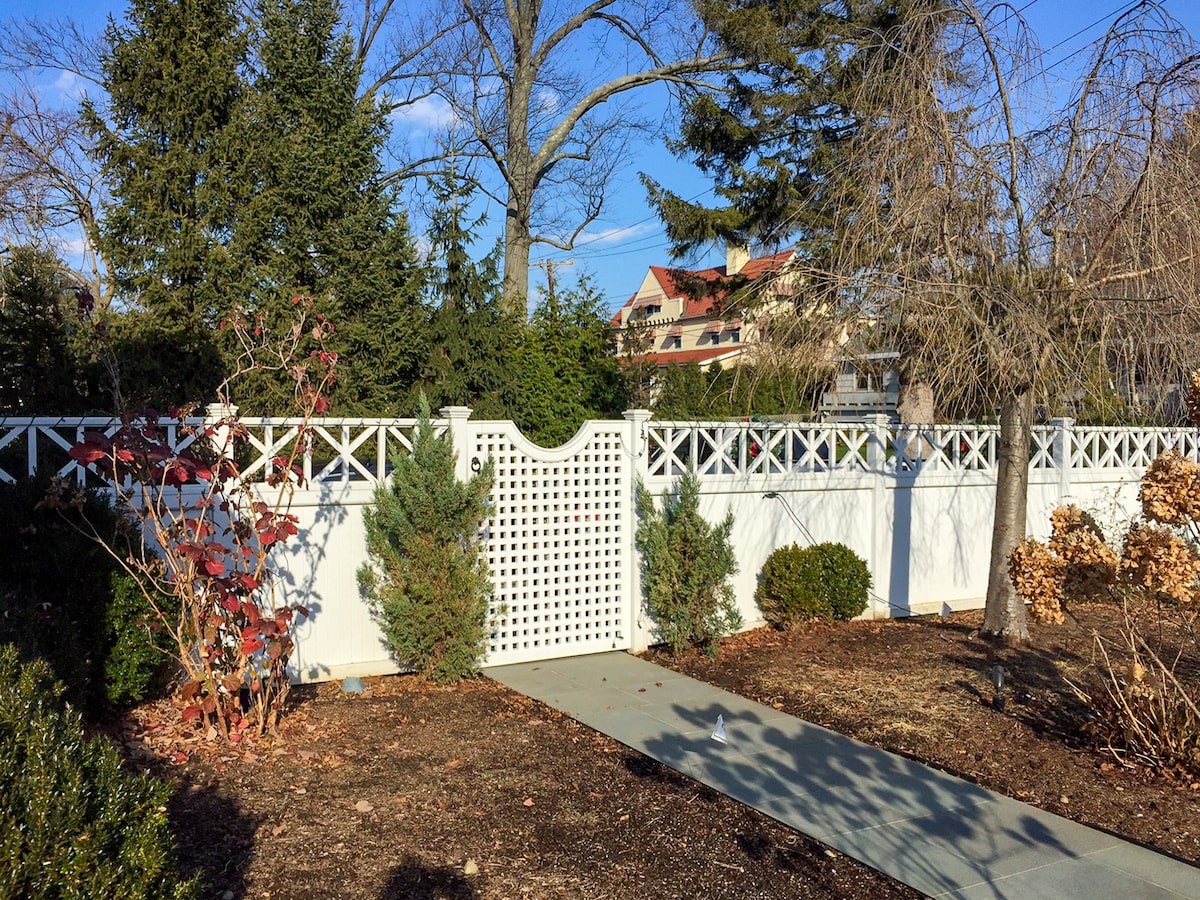All Categories
Featured

Recognizing the signs that your fence requires to be changed can aid you avoid more damage and keep the safety and security and appearance of your building. Here are some key indications that it's time to change your fence.

- Noticeable Damages or Damage
Among the most apparent indicators that your fence requires to be changed is noticeable damage. Whether it's from weathering, mishaps, or bugs, any kind of major splits, splintering, or missing boards can substantially minimize the architectural stability of your fencing. If the damages is substantial and surpasses simply a few repairs, replacing the entire fence may be more cost-effective in the future.
- Leaning or Sagging
A drooping or leaning fence is a clear indication of a trouble. Over time, the rails and blog posts can change because of wetness, decaying, or inadequate installation. If your fence is no more standing right or leaning at an angle, it's an excellent indicator that the foundation is jeopardized, which may need a full substitute. Also if the fencing shows up to be leaning a little, it can be a sign of underlying architectural concerns that might worsen with time.
- Rotting or rotting Wood

Wood fences are specifically prone to rot and decay, specifically in areas that experience high degrees of dampness or humidity. If you see that components of your wooden fence are soft, discolored, or have noticeable mold and mildew, these are all indicators of rot.
- Rust and Corrosion (For Steel Fences)
If you have a steel fence, corrosion and corrosion are usual signs of wear and tear,. Over time, exposure to moisture, snow, and rainfall can trigger steel fencings to create corrosion areas, which can deteriorate the structure and spread. While small rusting can occasionally be repaired, comprehensive rusting or rust might make the fence hazardous and demand a full substitute. If you discover any type of substantial weakening or huge locations of corrosion, it may be time to take into consideration replacing your steel fencing.
- Fencing No More Satisfies Your Demands
Another factor to change your fence can be that it no more offers its intended objective. Over time, your needs might transform-- possibly you need a greater fencing for even more privacy or a more powerful one for boosted safety. If your fence no more satisfies your demands or does not straighten with your current choices, it may be time to upgrade to a brand-new, more useful design.
- Fading and Discoloration
While fading and discoloration are generally aesthetic problems, they can still suggest that your fence is maturing. Exposure to UV rays and rough weather can trigger fences to shed their original color, making them look boring and used. If the fading is substantial and you've currently attempted cleaning up and staining the fencing, it could be time to replace it to bring back the look of your property.
- Regular Repairs
If you find on your own frequently repairing your fence, maybe an indication that the fence is nearing completion of its life-span. While minor repair work can prolong the life of a fence, regular fixes may suggest that the framework is no more stable. In this instance, it may be a lot more cost-efficient to change the whole fence as opposed to remaining to purchase repair services.
Final Thought
Replacing a fencing is a substantial investment, but it is vital for keeping the personal privacy, safety, and curb allure of your home. If your fence is revealing indications of damage, rot, leaning, or various other structural problems, it's essential to examine whether a replacement is required. By identifying these caution signs early on, you can make informed decisions about when to change your fencing, guaranteeing your property remains safe and secure and visually appealing for many years ahead.
Latest Posts
Find Out How Your Partner at WyHy Maximizes Your Savings on Loans and Savings
Published May 28, 25
1 min read
Discover Montclare Auto Repair’s Top Car Care Solutions and Why Drivers Trust Them
Published May 26, 25
1 min read
Recognizing When Your Car Needs Expert Auto Repair at Montclare Auto Repair
Published May 25, 25
1 min read
More
Latest Posts
Find Out How Your Partner at WyHy Maximizes Your Savings on Loans and Savings
Published May 28, 25
1 min read
Discover Montclare Auto Repair’s Top Car Care Solutions and Why Drivers Trust Them
Published May 26, 25
1 min read
Recognizing When Your Car Needs Expert Auto Repair at Montclare Auto Repair
Published May 25, 25
1 min read